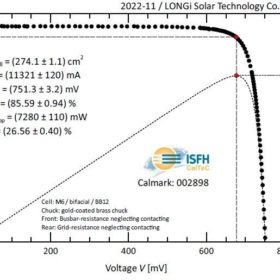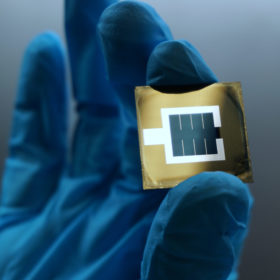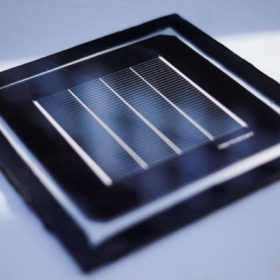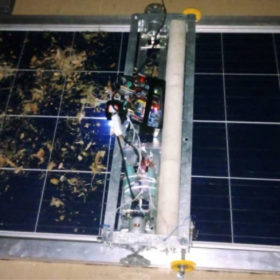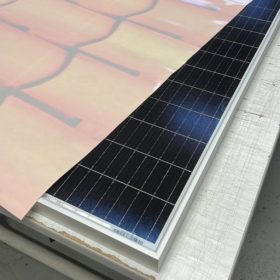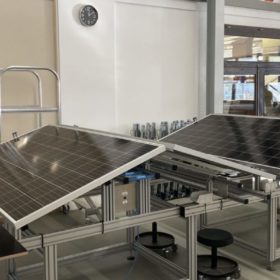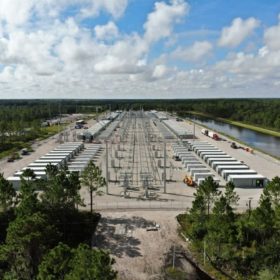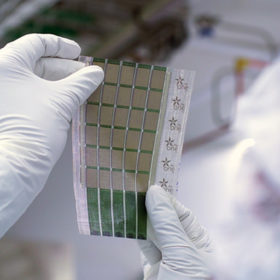Longi claims world’s highest efficiency for p-type, indium-free HJT solar cells
Longi said it has achieved a 26.56% efficiency rating for a gallium-doped, p-type heterojunction (HJT) solar cell and a 26.09% efficiency rating for an indium-free HJT cell, both based on M6 wafers. Germany’s Institute for Solar Energy Research in Hamelin (ISFH) has confirmed the results.
Researchers achieved world record 32.5% efficiency for a perovskite tandem solar cell
A group of researchers from Helmholtz-Zentrum Berlin (HZB) has achieved a new world efficiency record for a silicon-perovskite tandem solar cell, with a certified efficiency of 32.5%.
Meyer Burger to commercialize 29.6%-efficient perovskite tandem solar cells
Meyer Burger is working with several research institutes in Switzerland and Germany to integrate perovskite tandem technology into its manufacturing processes.
Cooling down photovoltaic panels with concrete
Scientists in Italy have proposed the use of radiative coolers made of cementitious materials to reduce the operating temperature of solar panels. The novel system configuration consists of a stack made by a reflector, a cement-based radiative cooler, and a bifacial solar cell.
Color-sensing tech to remove dirt from solar panels
South African researchers have developed a new cleaning system for solar panels that uses a color-sensing light-to-frequency converter to detect dirt. It can reportedly remove around 95% of the dust from a PV panel in less than a minute, at a lower cost than other systems.
Customizable sticker to turn solar panels into advertising billboards
An Italian startup has created a fully recyclable sticker that can be used to cover solar panels on rooftops or facades. It replicates high-definition images that can help to improve the aesthetics of solar arrays or turn PV facades into advertising billboards.
New foldable solar system for rooftop applications
German manufacturer Kopp has developed an easy-to-install, four-module foldable PV array. The system uses n-type TOPCon solar modules with outputs of 430 W and efficiency ratings of 22.02%
US to deploy 30 GW/111 GWh of grid-scale energy storage by 2025
The US energy storage market hit an inflection point in 2020. The Energy Information Administration expects the deployment of grid-scale storage to pick up over the next three years.
MIT scientists produce new organic photovoltaic fabrics
US researchers have developed a thin-film organic solar module on a vapor-deposited releasable substrate made of parylene. The device could be used as a wearable fabric, or to bring solar generation to remote locations.
PV system fires potentially exacerbated by gap between solar panels, rooftops
Norwegian researchers have published a new study showing that the space between solar panels and rooftop surfaces might play a critical role in contributing to PV system fires.
